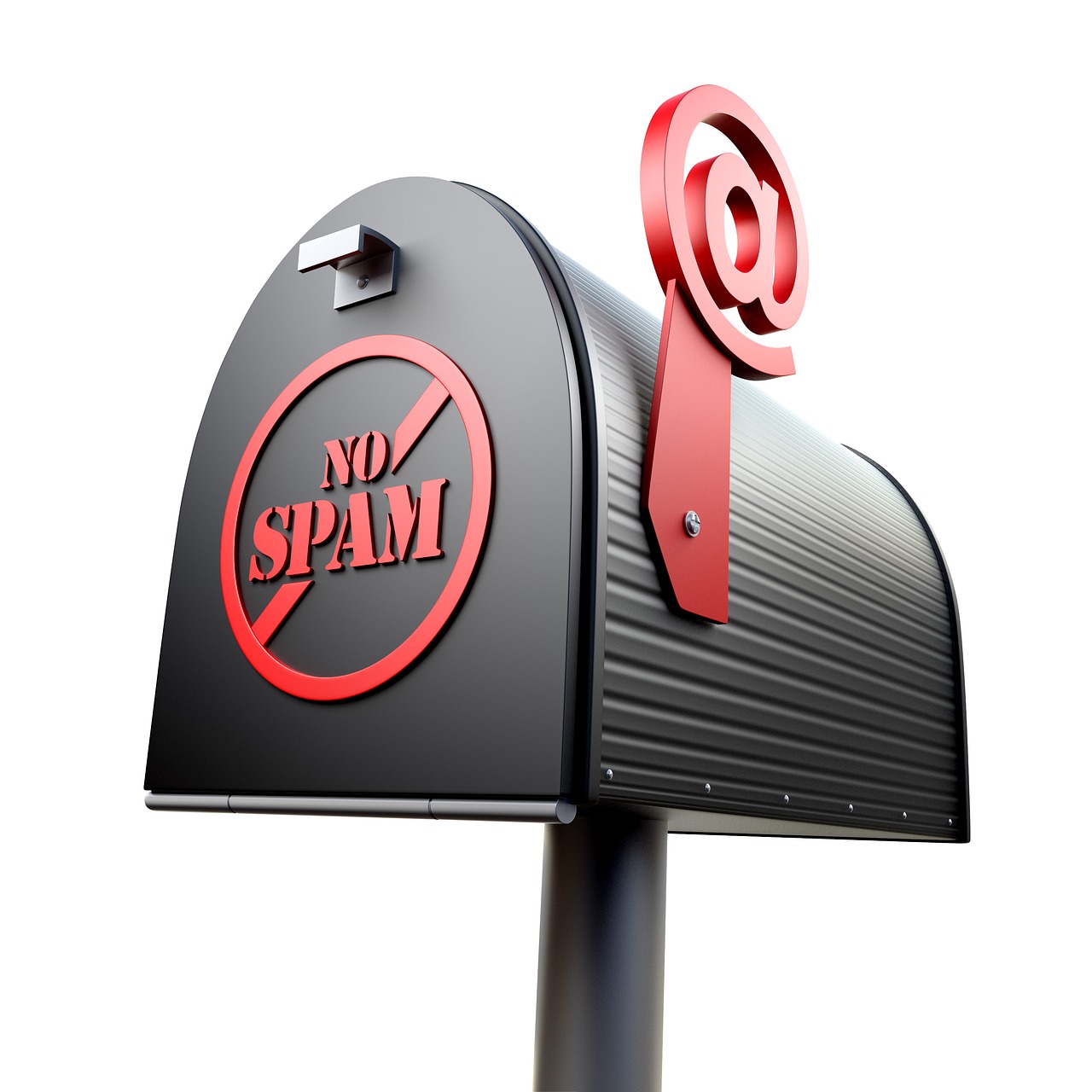Why You Should Ignore 90% of Email Survey Data 
Send Emails Based on the Data that Matters – Actions and ROI
Many nonprofits and businesses go looking for email survey data to get answers to questions like these:
How long should our emails be?
How many emails should we be sending?
Should we do just text, or have lots of graphic design?
One link, or many links?
And because so much is written about knowing your audience, the instinct for many who want answers is to go ask their readers what they think.
It’s a good idea from a marketing standpoint, because readers will feel like they matter. But from a value standpoint, most of the data you receive is nearly worthless.
Too strong a statement, perhaps? Read on, and see why it’s true.
(This is Part 2 of a series about email frequency. Read Part 1 about how often nonprofits should send emails)
4 Email Survey Data Statistics You Can Ignore
Simply put, email survey data presumes its subjects are aware – in their current unemotional state – of how they behave when their emotions are engaged. It presumes people think before they act.
But buying products and giving money are not rational, deductive decisions. People don’t get involved with your cause because of impartial and passive reasoning, and they don’t read your emails that way either. Take this example:
“It seemed like the smart move, after weighing all the options and considering the pros and cons, to give money fight malaria in Bangladesh.” No one says that!
Likewise, people don’t react to your emails with passive intellectualism either. But these surveys presume they do. In the real world, it doesn’t work that way.
With that in mind, let’s look at some email survey data through this lens.
An email study in 2015 asked 472 adults what they thought about a variety of email marketing related questions, including some of the ones listed at the start.
As with any study, we have to put a lot of faith into the methodology. 472 people is not very many. So it has to be a statistically valid sample for these numbers to have any meaning. For now, we’ll assume it is. But as you’re about to see, even if it is statistically valid, you should still ignore 90% of the findings.
Here are three statistics from their study. After each statistic, you’ll see a short explanation of why that stat means almost nothing for your nonprofit or business.
Statistic 1: 42% of companies send monthly emails, and 17% send them twice a month.
 Almost every article about email frequency has numbers like this. But what good is this information? All this tells us is that more companies send emails once per month than any other frequency (the study had stats for other frequencies too). But there’s no indication at all of how effective these approaches are from an ROI standpoint. And ROI (Return on Investment) is really the only metric that matters, right?
Almost every article about email frequency has numbers like this. But what good is this information? All this tells us is that more companies send emails once per month than any other frequency (the study had stats for other frequencies too). But there’s no indication at all of how effective these approaches are from an ROI standpoint. And ROI (Return on Investment) is really the only metric that matters, right?
Suppose Nonprofit A sends one email per month, Nonprofit B sends two per month, and Nonprofit C sends four per month, all to the same sized lists. They all earn $20,000 in donations. We could draw one clear conclusion from this:
How many emails you send has little to do with the donations you receive.
But these studies don’t give that kind of data, so we can’t conclude that, or anything else. All we know is how many emails they’re sending each month.
So what?
Are we supposed to give credence to the ‘wisdom of the crowd?’
 Statistic 2: 45.8% of people who marked email as spam gave “too many emails” as the reason.
Statistic 2: 45.8% of people who marked email as spam gave “too many emails” as the reason.
One of my clients has an email list with about 1600 people on it. Every email we send gets a couple unsubscribes. So let’s apply this statistic to that client:
2 out of 1600 people unsubscribe after receiving an email. That’s 0.125%. And from that infinitesimal segment of my list, this stat tells me that 45% of them think we send too many emails.
45% of 2 is 1. There’s no other way to slice it. So one person, out of 1600, thinks we send too many emails and incorrectly labels us as “spam.”
Do I care?
No, and you shouldn’t either. I care about the other 1598 still on my list. And my numbers are not unique. The actual numbers of spam complaints against organizations who are using their email communications responsibly are extremely low. So low that you can pretty much disregard the opinions of the tiny number of people making them. 45.8% sounds big. But it’s coming from a tiny group of people.
But also, ‘too many emails’ has nothing to do with spam. I’m on one list for a company that sends 2-4 emails – per DAY. Do I open them all? Actually, hardly any. But I want to be on the list because every now and then I want to act on one of their deals. More emails is not spam. People say “spam,” but what they really mean is, “I’m just tired of getting these emails because I’m not passionate about your cause.”
And that’s okay. They don’t have to care. And you can move on without concern.
Statistic 3: 43.9% said companies could improve their emails by sending fewer of them
This is the most misleading email survey statistic. Think about the logic of that for a second: You can improve your emails, customers say, if you send fewer of them. You will make more money, they’re implying, and I will buy from you more often, if you send me fewer emails.
That’s called bogus (in polite circles). The customer is not always right.
If you think about how you interact with email, you probably don’t open every email from anyone (except your mother). You open some of them. When you have more free time, you open more. When you have less free time, you open fewer.
So, if a nonprofit only sends out one email per month, and it comes at a busy time for a reader, they are less likely to open it – unless the subject line is really great and they just can’t help it, or they save it for later.
But if you send out several emails per month, people will miss some, but open others. But they will stay active and engaged, and will take the actions you want them to take.
When I do Giving Tuesday and end of year campaigns for clients, I always do a minimum of four emails, and this is the reason. People won’t see them all. But more people will see at least one of them.
And here’s what happens: The more emails we send, the more donations come in.
Here’s what else happens: We get more unsubscribes.
So which outcome do you want – more donations while losing some people who don’t want to give anyway? Or hardly any donations, but an intact and safely cocooned email list?
I’ll take the money. And so will the people, causes, or animals you are serving.
Statistic 4: 5.75 emails per month is the ideal number to send
This email survey data comes from a different study, mentioned in this article on Mediapost.
The article quotes this number, but then rightly proceeds to disqualify it, because how many emails you actually send will be based on all kinds of factors. Then they give some good strategies for how to analyze and engage your list.
But that begs the question: If I still have to analyze my list to find what works best for my organization, why do I need that silly statistic?
The Underlying Bias of Customer/Donor Email Survey Data
Statistic #3 is particularly galling the more you think about it.
What if you rephrased the question as a three-parter?
- How many emails does your favorite nonprofit send to you each month?
- How long have you been on their list?
- What can they do to improve their emails?
If this person’s favorite nonprofit sends one email per week, and they’ve subscribed and donated for years, they are not going to answer question 3 with “send fewer emails.”
If you’re going to do an email survey, you don’t ask people who don’t open your emails how you can do better at email. You ask your most passionate and active supporters. Too many of these email surveys are surveying people whose opinions, to put it bluntly, don’t matter.
But either way – it’s actual behavior, not opinions stated in a study, that matters most.
People SAY they want fewer emails. But they buy more and give more when they receive more emails. Action is what matters.
When people say they want fewer emails, they’re not thinking about their favorite nonprofits or companies. They’re thinking in general, abstractly. As an abstract principle, they think fewer is better. But in reality, when it’s stuff they care about, that question doesn’t even enter their minds.
The ones they want fewer emails from are all those “other” companies out there spamming the masses.
It’s kind of like that woeful refrain we hear from voters to “vote out the bums” – meaning all those corrupt incumbents who’ve been in office for decades.
Except the one in my district, of course.
 Most incumbents don’t just win; they win big, and are liked by most of the people in their districts. It’s all those “other” incumbents who are ruining the country.
Most incumbents don’t just win; they win big, and are liked by most of the people in their districts. It’s all those “other” incumbents who are ruining the country.
When people are surveyed about email, they don’t think about the emails they actually like, open, read, and act on. They think about spam, malware, phishing, and the clutter filling up their inboxes.
They enter “survey mode,” which is different from “what I do in real life mode.”
All that matters to you is what your readers do in real life. And in real life, you’ll get more donations, keep your supporters more engaged, and get more loyal volunteers when you send out more emails, not fewer. Longer, not shorter. Personalized and simple, not overladen with marketing-style graphics. And with multiple links, not just one, because that makes it easier to take action.
Don’t listen to what people say. Listen to what they do.
The Only 3 Ways People Can Respond to Your Email
- They can unsubscribe
- They can ignore you – disengage and do nothing
- They can take an action that’s favorable to you – read, open, click, give, buy, sign up, share, etc
The third one is the only one that really matters. If your nonprofit is growing, and getting more donations and active supporters from your email communications, then it’s working!
Can you improve it? Almost certainly. But at the most basic level, it doesn’t matter what the open rates and unsubscribe numbers look like. If your donations are growing, and your active supporters are passionately engaged and telling their friends about you, and you’re also getting new signups to your list, then let the opt-outs go and focus on what’s working.
My personal belief? Most organizations would send out more emails, but just don’t have the time. And that’s where a nonprofit copywriting specialist like ProActive Content can be a huge asset.
If you want to boost your ROI from email fundraising, you need to send more emails. Click the button below to ask for our email campaign packages.
Help Us With Our Email Fundraising!

